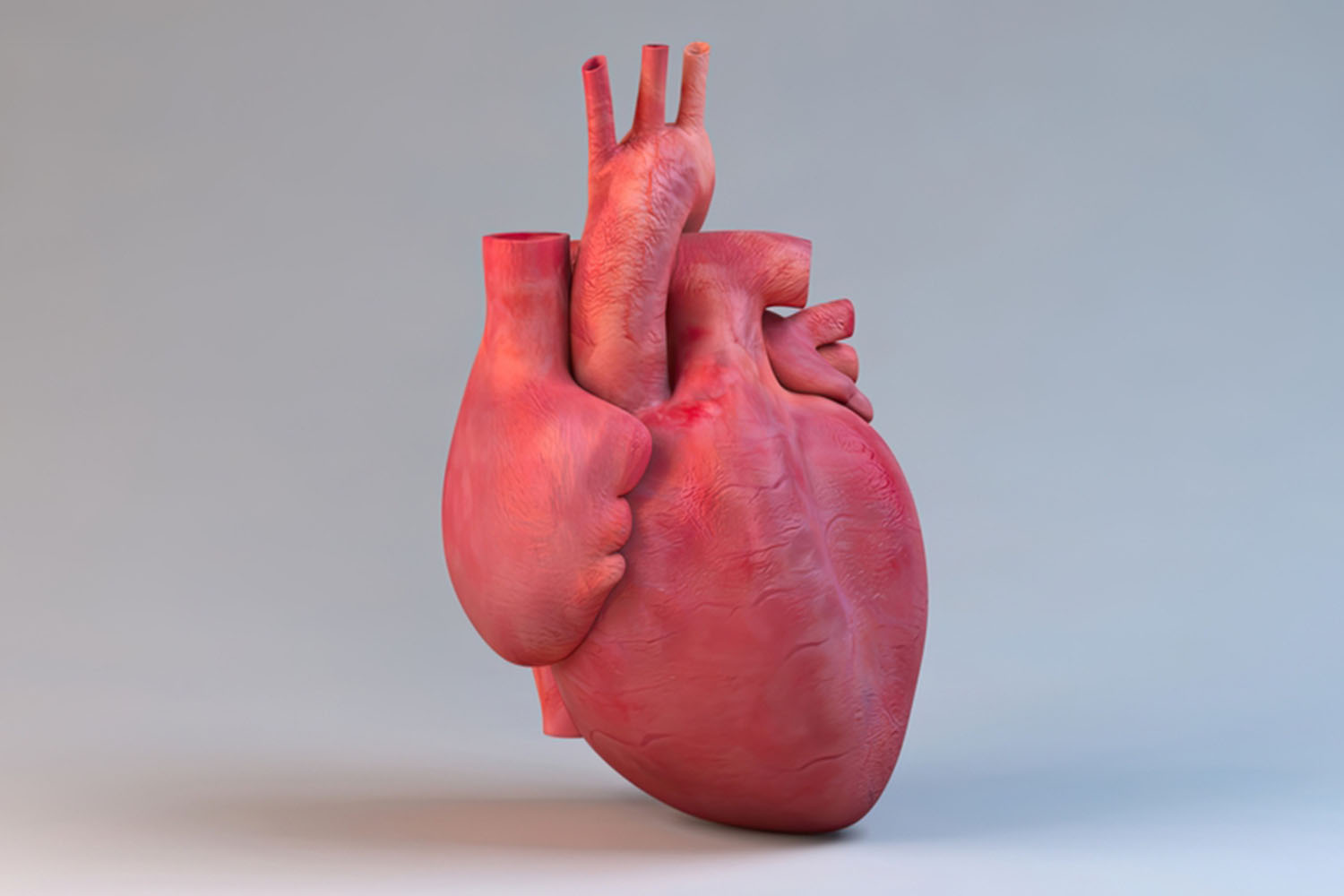Overview
The human heart is more than just an organ; it’s a symbol of life, emotion, and resilience. Often romanticized in literature and art, the real heart is a biological powerhouse, tirelessly working to keep us alive. This blog explores the incredible intricacies and functions of the real heart, shedding light on its essential role in our health and well-being.
Anatomy of the Real Heart
The real heart is a muscular organ roughly the size of a clenched fist, located slightly to the left of the center of the chest. It comprises four chambers: two atria (upper chambers) and two ventricles (lower chambers). The atria receive blood returning to the heart, while the ventricles pump blood out to the rest of the body.
The Chambers and Valves
Each chamber of the real heart has a specific function:
- The right atrium receives deoxygenated blood from the body and pumps it into the right ventricle.
- The right ventricle sends this blood to the lungs for oxygenation.
- The left atrium receive
- s oxygenated blood from the lungs and transfers it to the left ventricle.
- The left ventricle, the most powerful chamber, pumps oxygen-rich blood throughout the body.
Valves between these chambers ensure unidirectional blood flow, preventing backflow and maintaining efficient circulation. The real heart’s valves include the tricuspid, pulmonary, mitral, and aortic valves.
The Real Heart’s Electrical System
The heartbeat is regulated by the heart’s electrical system. The sinoatrial (SA) node, located in the right atrium, acts as the natural pacemaker. It generates electrical impulses that travel through the atria, causing them to contract and push blood into the ventricles. The atrioventricular (AV) node then receives these impulses and relays them to the ventricles, prompting them to contract and eject blood to the lungs and the rest of the body.
This coordinated electrical activity ensures that the real heart beats in a rhythmic and synchronized manner, typically around 60 to 100 times per minute in a healthy adult.
Blood Flow and Circulation
The real heart plays a pivotal role in the circulatory system, which consists of two primary circuits: the pulmonary circuit and the systemic circuit. The pulmonary circuit transports deoxygenated blood from the right ventricle to the lungs, where it receives oxygen and releases carbon dioxide. The oxygenated blood then returns to the left atrium.
The systemic circuit distributes oxygen-rich blood from the left ventricle to the rest of the body, delivering essential nutrients and oxygen to tissues and organs. This circuit also collects waste products and carbon dioxide, returning deoxygenated blood to the right atrium.
The Real Heart in Health and Disease
Maintaining the health of the real heart is crucial for overall well-being. Cardiovascular diseases, including coronary artery disease, heart attacks, and heart failure, are leading causes of death globally. These conditions often result from a combination of genetic factors, lifestyle choices, and underlying health conditions.
Risk Factors and Prevention
Key risk factors for heart disease include high blood pressure, high cholesterol, smoking, obesity, physical inactivity, and diabetes. Preventive measures to protect the real heart involve:
- Regular physical exercise to strengthen the heart muscle.
- A balanced diet rich in fruits, vegetables, whole grains, and lean proteins.
- Avoiding tobacco and limiting alcohol consumption.
- Managing stress through relaxation techniques and hobbies.
- Regular health check-ups to monitor blood pressure, cholesterol levels, and overall heart health.
Advances in Heart Research
Ongoing research continues to enhance our understanding of the real heart and improve treatments for heart diseases. Innovations in medical technology, such as advanced imaging techniques, minimally invasive surgical procedures, and personalized medicine, are revolutionizing cardiac care.
Additionally, regenerative medicine and stem cell research hold promise for repairing damaged heart tissue, potentially offering new hope for patients with severe heart conditions.
The real heart is a remarkable organ, central to our existence and health. Its complex structure and function are a testament to the wonders of human biology. By understanding the intricacies of the real heart and taking proactive steps to maintain its health, we can improve our quality of life and reduce the risk of cardiovascular diseases. As research and technology continue to advance, the future holds exciting possibilities for enhancing heart health and treating heart diseases more effectively.



